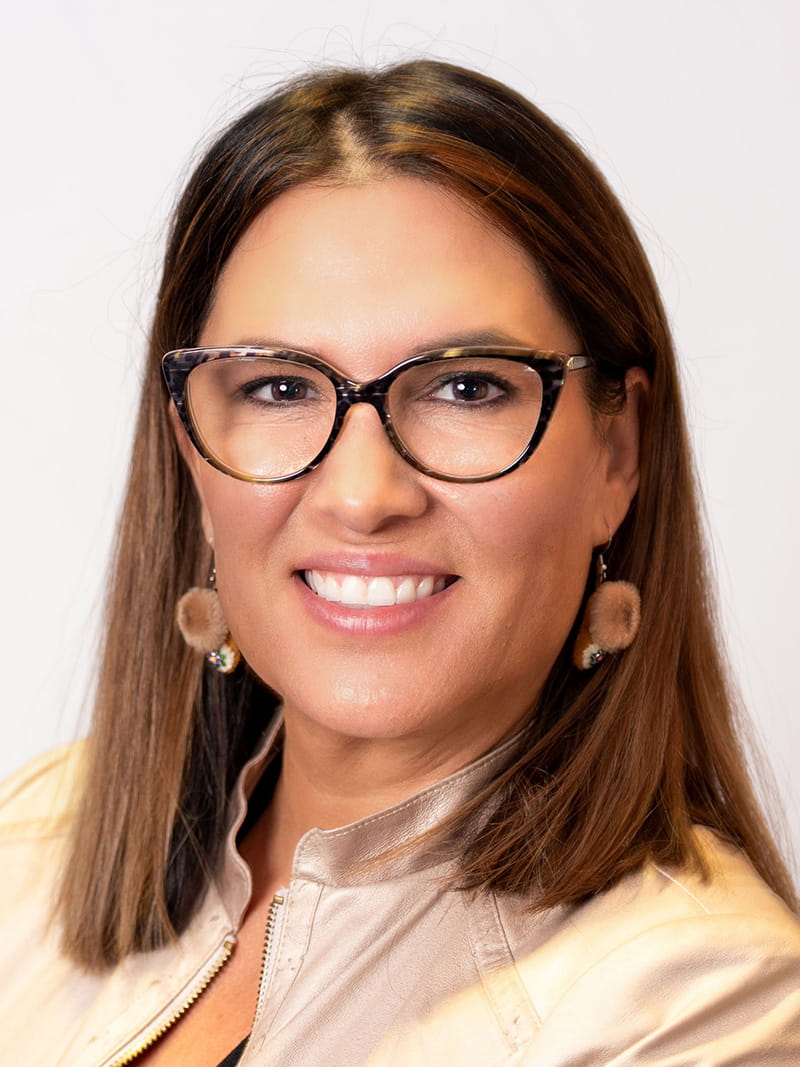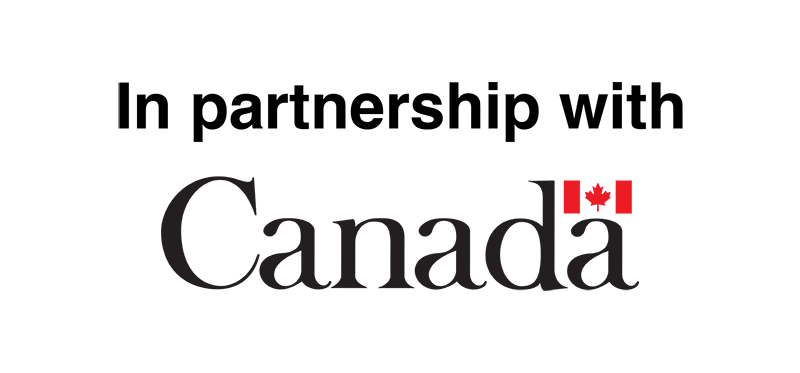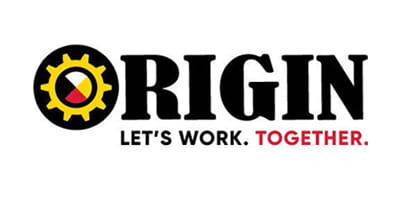Article
Leading By Example: How Indigenous Perspectives on Boards Lead to Impactful Change
Written by Melissa Hardy Giles, President and CEO of Origin
When you imagine who the people on a Canadian Board of Directors are and what they look like, what image comes to mind? Does your mind conjure up “a standard image” which defaults to people of a certain sex, racial background/ethnicity, gender, sexual orientation and with certain abilities? While different Boards vary based on size, purpose, and members, the underlying issues remain – many are not very diverse.
For myself, it was extremely important to not take a board position to say that I had a seat or to check a box. If I take on a board position, it needs to be an opportunity for me to speak on important issues and find ways to work towards true change. As an Indigenous woman who sits on several Boards, I have observed firsthand the shift in recent years of several organizations towards more diverse board membership. Particularly noticeable are the opportunities currently open to Indigenous women that didn’t exist before. While it has been positive to see this transition, there are ways that boards and individual members can continue to incite change.
Practical Applications for Boards and Non-Indigenous Members
Create Psychologically safe spaces for diverse opinions
To recruit a more diverse membership, it’s necessary for your board to have the right infrastructure in place. Consider the type of value your Board offers a potential diverse member whom you are looking to recruit. As with any other member, these individuals have chosen to take on these positions because they see potential and purpose for joining.
While board members are all working towards the same goal, there will be varying opinions shared. It’s important that while these discussions are held that each member feels it is a space that is safe for open discussion and remains respectful and understanding.
Moving away from tokenism
Often, the board structure favours those who speak the loudest in the room. It can be challenging for other members to contribute or feel like their input is welcome. This is especially relevant regarding the conversation around diversity.
Meeting the criteria of a diverse board is not the last step. Once you have diversified your board membership, the next stage is to encourage fair and equal involvement of each board member and ensuring inclusion is a main priority. The benefits of having diverse membership are proven but those cannot transpire if only some voices dominate the room.
How to avoid the revolving door effect – it’s not just about recruiting diverse people, but retaining them
Your team may be working hard to develop and implement these diversity and inclusion practices but feel unsure of what potential members are truly looking for.
The simplest way to navigate this challenge is having open conversations with potential board members, or members of other boards that represent this initiative well. Having a better understanding of what will attract and retain a more diverse group of members will better inform plans that are made in the recruiting stage. To retain members, as mentioned in the previous section, the group as a whole needs to have an openness for understanding the individual challenges that they may not face but are still willing to support and find ways to uplift and make changes for others.
Open the floor to Indigenous Voices
Relationship building is especially important with Indigenous people. Building trust by being genuine in your conversations and showing your support can go a long way. It is encouraged for Boards to not shy away from inviting Elders, youth, or guest speakers to your meetings to provide insight. Another option is hosting a community Q&A session. This allows for open dialogue and can help strengthen your relationship with the communities you work with.
Host a cultural awareness session
There are many organizations that offer Indigenous cultural awareness training. This is a great way to ensure members are educated and understand what it takes to create a safe space for diverse membership. It also supports the initiation of more conversations on what Indigenous inclusion can look like inside and outside the boardroom.
Practical Applications for Indigenous Board Members
Learning how to find your voice
“I remember how I felt when I had my very first experience sitting on a board. I was in a room surrounded by other highly commended individuals, and I wanted to do everything I could to make sure I was doing the “right thing”.”
It’s inevitable that joining your first board comes with a learning curve. You’re learning how boards work and flow, and you’re learning how each member communicates and what they are bringing to the table. One of the more challenging parts can be finding your voice. Remembering the purpose of joining these boards is a great way to ground yourself and remember why you were so excited to take this position in the first place.
“For me, I knew I was sitting on this board to represent not only myself but Indigenous girls and women who haven’t seen themselves represented in this space before. I was there to show them what is possible, and that change is happening. Knowing that when I spoke up, I could be making changes for these little girls who were just like me or for communities and Indigenous people, it inspired me to keep pushing forward.”
Understanding the value you bring to the table
It can be challenging to see where you “fit in” within the group of members on the board. This is very important to understand as it can affect how comfortable you feel voicing your opinions. Each board can be slightly different, and each one can take some time to adjust to. With different personalities, backgrounds, and experiences, the group as a whole can take time to learn everyone’s approach.
Getting to know other board members is important to build strong relationships and allows you to better understand and decide how you want to make the best use of your seat on the board.
Challenging the status quo
The overarching purpose of boards is to bring together individuals with specific expertise to ensure that decisions that are made are well-rounded and reflect the needs of different groups of people and what’s best for the organization. While it may feel uncomfortable to approach challenging topics, it is necessary. It is not just about getting a seat on the Board but what you do with that opportunity.
“In my experience, this is something that can feel uncomfortable at the time. I know my motivations for taking on these positions and I must use that to drive these types of conversations.”
Building your circle & the importance of continual learning and storytelling
Storytelling is a huge part of Indigenous culture. Passing along knowledge and traditions is important to keeping the culture alive. It also is a part of deepening relationships with each other and continually learning and growing.
“I believe this is something that can apply in all aspects of life. Sharing knowledge and teachings builds strong bonds which leads to stronger communities. Having a group of people that are aligned with a common cause or position can support in creating even bigger impact. When we are all working together to uplift and support each other, amazing things can happen!”
Ask questions!
Each Board can operate differently. Learning about how the structure of the Board works, how the members communicate, and the makeup of the membership can give you a much better understanding of how to best participate. Asking questions is a foolproof way of showing your openness to learning and your dedication to fulfilling your duties as a member.
Approach each situation with a sense of confidence
The fear of the unknown can hold you back from sharing and participating at the Board level. Consider what would make you feel more comfortable during Board meetings whether it’s doing research, getting to know other Board members better, or other tactics that work for you. Practice these methods that help bring out your confidence and as time passes you will become more comfortable participating.
With Boards, there are often a lot of serious and important topics discussed. There may be different opinions shared that you disagree with. These situations may bring an emotional element that can make it challenging to continue to speak up. In these moments, you are relying on your courage and confidence to share your opinion. Don’t be afraid to speak up, even if your voice shakes!
“In these moments, I find myself relying on patience and trying to understand where they may be coming from. When having these conversations, it can be challenging to stand your ground, but it is so important to initiate change.”
Final Thoughts
Change cannot happen without action from both sides. Organizations must work to implement diversity and inclusion practices that go further than checking boxes. They have to create ways to have space for meaningful discussions that reflect a variety of opinions and challenges to move forward. Individual board members have to be comfortable speaking for change. For Indigenous women on boards, we have a responsibility to represent our communities and make use of the opportunities that are presented in these situations.
While the conversation around diversity at the top level is extremely important, the lack of diversity extends far beyond the boardroom. This is an important, ongoing conversation that needs continual attention to work towards a brighter, more diverse future.
This article was developed as part of CICan’s 50 – 30 Challenge Ecosystem partnership with ISED. Interested in learning more? We encourage you to visit our website for resources, personalized one-on-one support and training to support your organization on their EDI journey. Keep up to date by signing up for our mailing list.





